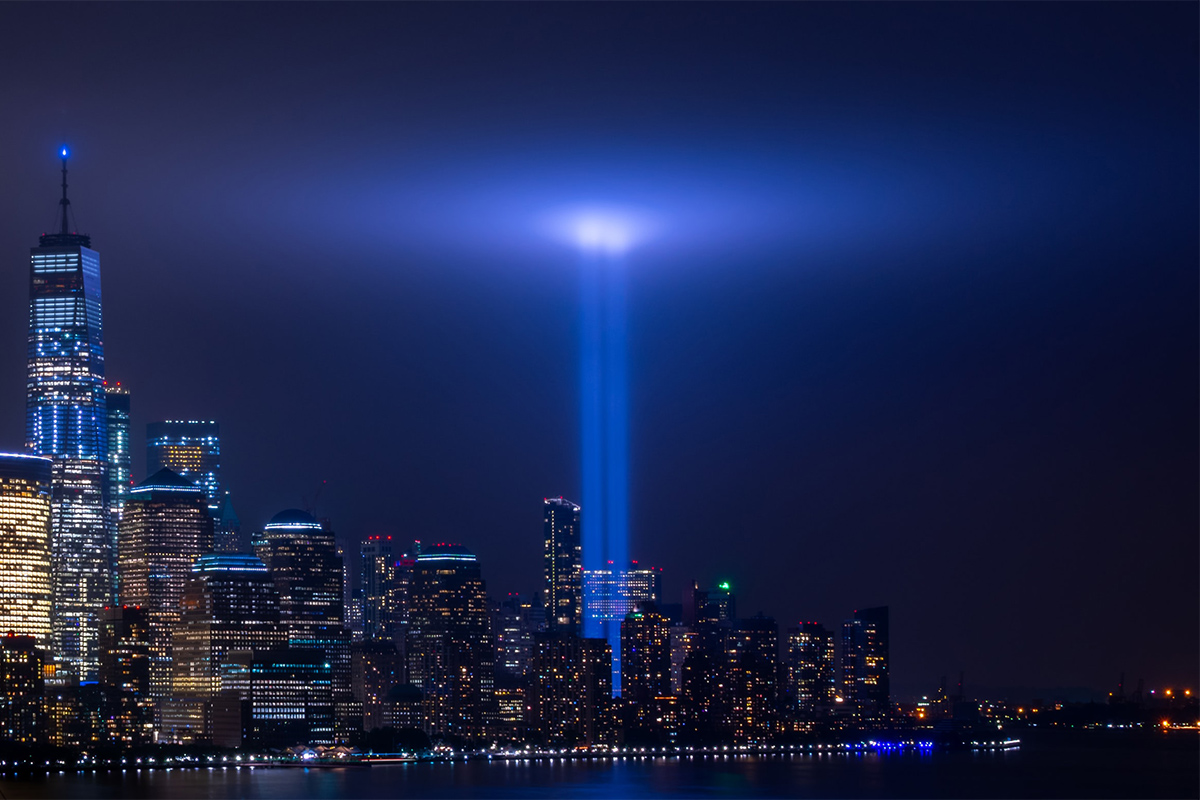Potential CV Risk With Cyberstalking and Cyberbullying

Adverse cardiovascular outcomes following traumatic events are well established, especially in the aftermath of tragedies that evoke intense or prolonged stress.
Firefighters who arrived early or had prolonged exposure to the World Trade Center trauma had higher incident rates of myocardial infarction, stroke, unstable angina, and cardiovascular mortality.
A study published in JAMA Network Open found that early arrival and longer duration of exposure to the traumatic World Trade Center disaster were also associated with probable posttraumatic stress disorder (PTSD).
Furthermore, other studies have found that PTSD is a risk factor associated with cardiovascular disease in Iraq and Afghanistan combat veterans; any stress-related disorder almost doubles the rate of cardiovascular events in the Swiss population compared to unexposed siblings; and lack of social support following stressful life events may pose a greater cardiovascular risk than diminished innate resilience.
Did you know there are also potential cardiovascular risks with cyberstalking and cyberbullying?

Cyberstalking and cyberbullying attacks may be intense, occur several times a day and last over several years. Almost half of Americans experience direct online harassment, invasion of privacy or denial of access to digital tools or platforms, and almost three-fourths witness online harassment of others.
One in five Americans experience severe online attacks with physical threats, sexual harassment, cyberstalking and sustained harassment. Internationally, cyberstalking is an acknowledged recruitment method of organized crime for human trafficking and may become intensely punitive if any resistance from a target victim is shown.
The difficulty law enforcement encounters tracking anonymous cyberstalkers adds to the victim's stress.
Regardless of age, victims of cyberstalking and cyberbullying report negative emotional and physical consequences after being targeted. One study found that adult German social media users who were cyberstalked experienced persistent feelings of inner unrest (78 percent), sleep disorders (64.2 percent), social withdrawal (34.6 percent), depression (34.6 percent) and panic attacks (23.1 percent) among other life impacting consequences.
In another study, over two-thirds of cyberstalked American adolescents were females with frequent depressive symptoms (59.7 percent), suicidal thoughts (41.2 percent) and plans for suicide (34.5 percent) to escape their horrific reality of unrelenting harassment.

Furthermore, a 2016 study found that almost one out of every four nurses were cyberstalked and reported similar responses of anxiety and depression. Likewise, another study reported consequences of depression, anxiety, and suicidal thoughts in Italian university students who were cyberstalked.
A 2018 study reported overall decreased wellbeing with increased fear, sadness and use of alcohol in adolescents who were cyberbullied. Residual negative emotional symptoms in 97.5 percent of victims significantly impacted overall well-being after cyberstalking stopped.
In our high-tech era, will cyberstalking and cyberbullying increase the risk for future cardiovascular events in generations of internet users worldwide?
With an increase in the incidence of cyberbullying and cyberstalking events, health care providers need to develop strategies to assess their patients' exposure, provide appropriate counseling and referral, and to prevent an emerging potential risk to cardiovascular health.
